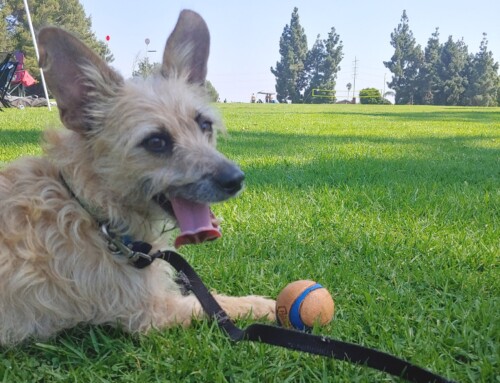When I moved to the new website format, I removed my voiceover exercise pages, so I am posting the information here on the Blog, so that they are still available to those who have been looking for them! The tongue twisters can be found in this post.
RELAXATION AND BREATHING
- Abdominal breathing. Stand erect and place one hand on your abdomen. Inhale moderately and emit a series of short staccato “ha” sounds. Vary the force from strong to slight. Develop the feeling that you are pushing the sound up from your abdominal area.
- Lie on the floor and place a book on your abdomen just below your ribs. Breathe normally and feel the muscle activity. The book should rise and fall gently as you breathe.
- Breath control — When breath is released too rapidly, you sound “breathy”. It lacks resonance and projection and it fades at the end of a phrase. Take a deep breath, then release part of it — then stop the outflow. Release a little more and stop. Continue until you need to inhale again.
- Inhale again, but this time release your breath with a “sigh”. Note the difference in the feeling of controlling the exhaled breath and a simple release.
- Voice quality. Relax the jaw by saying “ah”. Repeat it, proceeding it with each of the consonant sounds — “bah”, “dah”, “fah”, etc.
- Sit in a comfortable straight chair with your head dropped forward and your arms and legs as limp as rag dolls. Tense every muscle and then relax completely.
- Inhale slowly and deeply through the nose. Exhale slowly through the mouth. Repeat.
- Inhale slowly and deeply through the nose. Exhale slowly making the sound “ahhhh”. USE YOUR DIAPHRAGM
- Inhale deeply. Exhale in short explosive bursts (huh! huh! huh! huh!).
- Inhale slowly and count aloud clearly enunciating each number until you run out of breath. This is also a good warm-up exercise for your articulators.
- Read the following sentence as many times as you can on one breath. This sentence is filled with words that use air.
He hid at home and sobbed when his sister seized
whatever he had on top in the thin five-shelved closet.
- Take a deep breath and see how far you can read through this grouping of words. Make sure you are making each of the words come alive as you say them. Don’t just race through them — interpret!
|
Collecting and projecting, |
and rattling and battling and shaking and quaking and pouring and roaring and waving and raving and flowing and going and heaving and cleaving and foaming and roaming and moaning and groaning and dropping and hopping |
LIMBERING UP
- Spread the lips in a smile for “eeeee” and close them for “ooooo”. Repeat.
- Rapidly say “fud-dud-dud-dah” several times. Now say “ira-ira-ira-ira-ira-ira”.
- Make believe you are a truck. Trill your tongue. Be a rattlesnake.
LIMBER UP THAT TONGUE
Say each of the following words 5 times, trying to keep the tongue forward touching the hard palate just behind the teeth. Listen for brightness and liveliness of tone. Don’t let the tongue get too soft and floppy – or flat and fat. Try that and see what happens to the sound of the initial consonants.
Tea Deal
Tick Dish
Tail Thick
Nape Table
LAZY LIPS?
A stiff upper lip is one cause of sloppy articulation. Say the words “pit-pat-pit-pat-pit-pat” many times. Try to pronounce the “P’s” and “T’s” very clearly. Now try to pick up the speed. DON’T LOOSE THE “P” AND THE “T”. If you can get your lips in shape you can articulate almost anything.
JAW OPENING EXERCISES
- Say the following words while exaggerating your jaw opening.
Hah Yacht Dot
Paw Yard Dart
Tab Tot Dark
Hack Tat Lad
- These next words have diphthongs, which require the jaw to be open at the beginning of the word, shifting to a more closed position at the end.
High Tie Die
Lie Rye Kite
Howl Noun Loud
Coin Loyal Dine








Leave A Comment